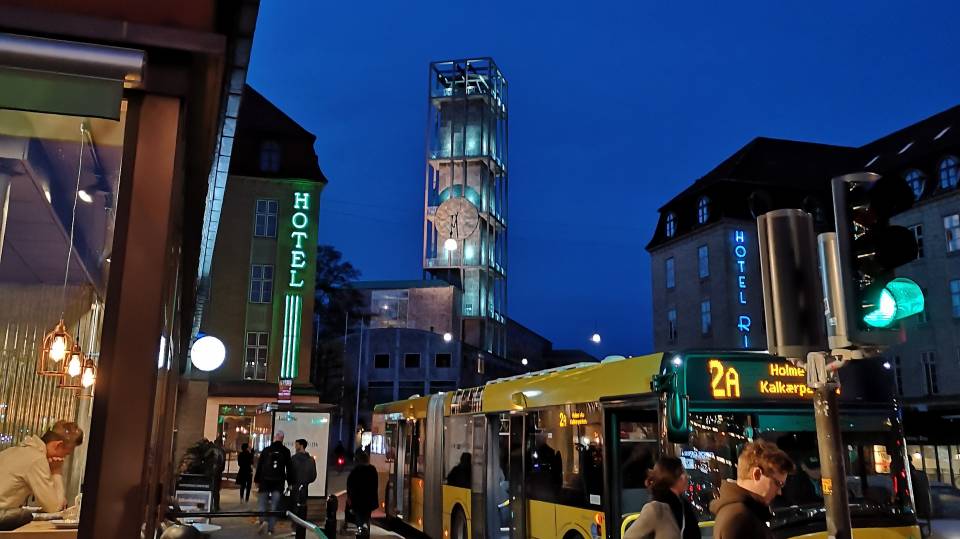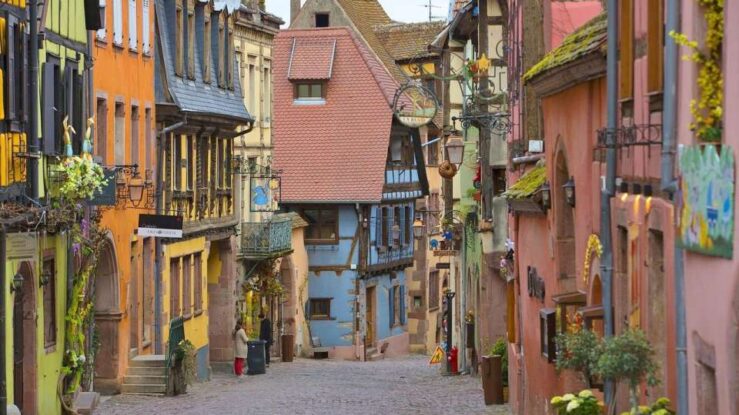9 Top Sights in the Heart of Jutland
1. Aarhus Concert Hall
2. The Cathedral
3. Aarhus Theatre
4. The City Hall
5. Botanical Garden
6. Latin Quarter
7. Salling ROOFTOP
8. Godsbanen
9. Aarhus Street Food
Perhaps it is not your first time in Jutland and Aarhus, or you are just seeking something different from the ‘usual’ museums and tourist attractions – although you still want to include a few famous top sights. If this is the case, you may find inspiration in our Top 9 Cultural Sights in Aarhus, which includes places that are extremely popular with the locals.
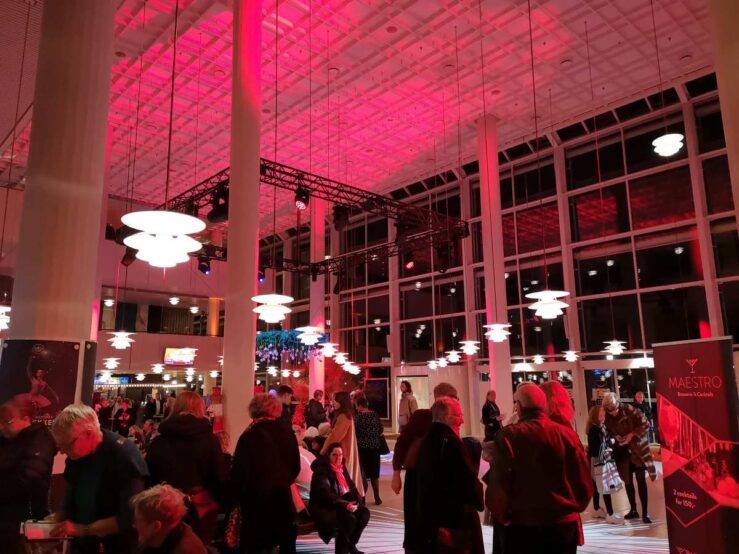
Aarhus Concert Hall | Photo: Travel In Culture
Aarhus Concert Hall, or Musikhuset, located next to ARoS, is a venue for music performances in Jutland, designed by Kjær & Richter and built in the years 1979-1982 – and today one of the top sights in the city!
It is the largest concert hall in Scandinavia, with seating of more than 3,600 people. Musical performances take place in one of the six concert halls, including the Large Hall, the Rhythmic Hall, the Symphonic Hall and the Chamber Music Hall, or in the spectacular foyer with glass façades on three sides! The Concert Hall provides the perfect setting and stage for any kind of concert, opera, ballet, musical, show, exhibition or business arrangement.
The Concert Hall is also home to Den Jyske Opera and Aarhus Symfoniorkester.
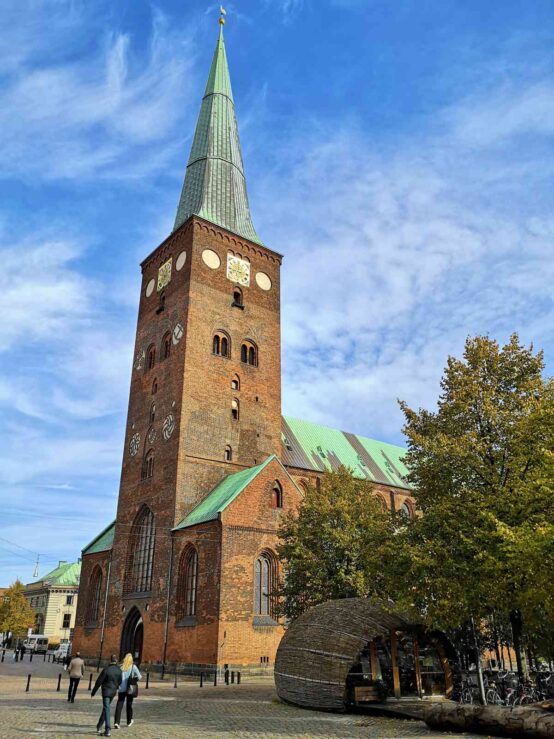
Aarhus Cathedral, Denmark | Photo: Travel In Culture
A visit to Aarhus Cathedral, or Aarhus Domkirke, reveals the longest (93 m / 305 ft) and tallest (96 m / 315 ft) church in Denmark with a capacity of seating 1,200 people.
Construction of the Cathedral began in the 1190s, initiated by bishop Peter Vognsen, and in the years of construction, a cathedral school, Aarhus Katedralskole, was also begun. The Romanesque church building was completed in 1300, dedicated to St Clement, the patron saint of sailors. A few years later, in 1330, the Cathedral unfortunately burned down. It remained in ruins until 1449 when it was rebuilt and enlarged in the new Gothic style.
A wrought-iron “Golden Door” separates the nave from the choir. Other noteworthy parts are the copper baptismal font, the carved altarpiece with movable sections and the Baroque-façade pipe organ.
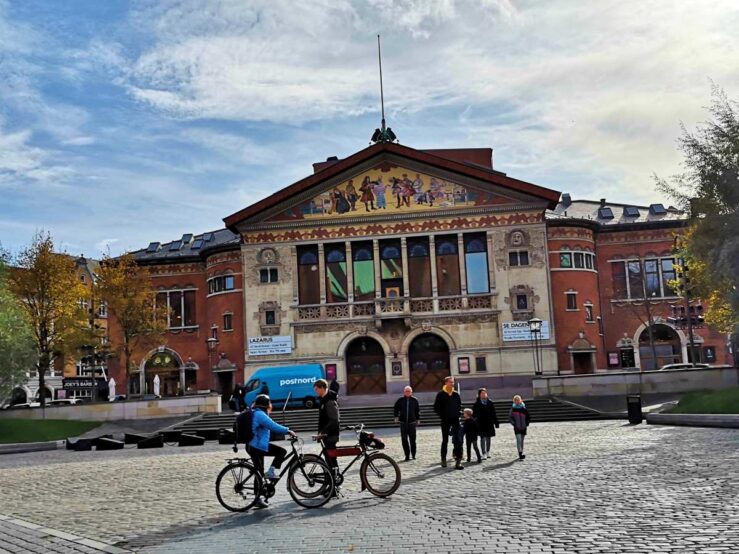
Aarhus Theatre, Denmark | Photo: Travel In Culture
Aarhus Theatre is one of the historical theatres in Denmark. It was designed by Hack Kampmann in the Art Nouveau style, popular at the time, and inaugurated in 1900. The Holberg characters appearing on the façade fresco are attributed to professor Hans Tegner. The construction of Aarhus Theatre was initiated by a group of eager citizens and replaced the old theatre, known as ‘Svedekassen’.
The theatre features four stages and has around 100,000 visitors annually. A varied repertoire is played during the season of September-June. Both own productions and guest performances are part of the broad repertoire.
Aarhus Theatre is one of the top sights and popular cultural offers in Aarhus, which, with its wide range of performances, is aimed at all age groups and draws people from near and far in Jutland.
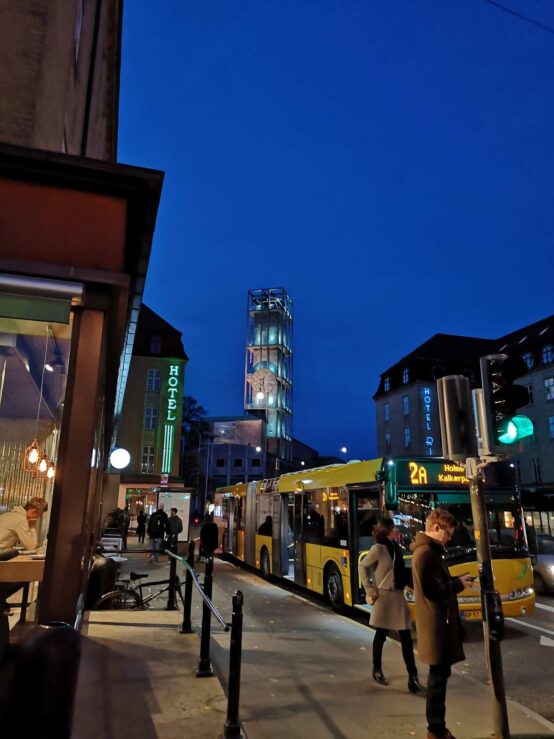
Aarhus City Hall, Denmark | id=”theatre”
Built after the design by Arne Jacobsen, Aarhus City Hall, or Aarhus Rådhus, has, with its unique architectural style, become a landmark of Aarhus. Arne Jacobsen and Erik Møller won a design competition in 1937 to design the new City Hall. At first, the project did not include a tower.
Today, the City Hall stands as a functionalistic building, housing Aarhus Municipality. In addition to being an administration building, it hosts a wide range of events and guests throughout the year.
Guided tours of the City Hall are available.
The Botanical Garden in Aarhus features plants from distinct habitats in Denmark, a section of old medicinal plants and a rockery with plants from mountainous regions found worldwide. The lovely park is frequented by tourists, students, families, and other citizens who use the green spaces for a picnic or other leisurely activities.
One of the more recent approaches is the establishment of a new Tropical House section, Væksthusene, of the Botanical Garden. It boasts some spectacular greenhouses with tropical and subtropical plants from the rainforest. Inside the greenhouses, there is vegetation from all four different climate zones. Explore the stunning flowers and fascinating plants here and learn about their functions in their natural habitats.
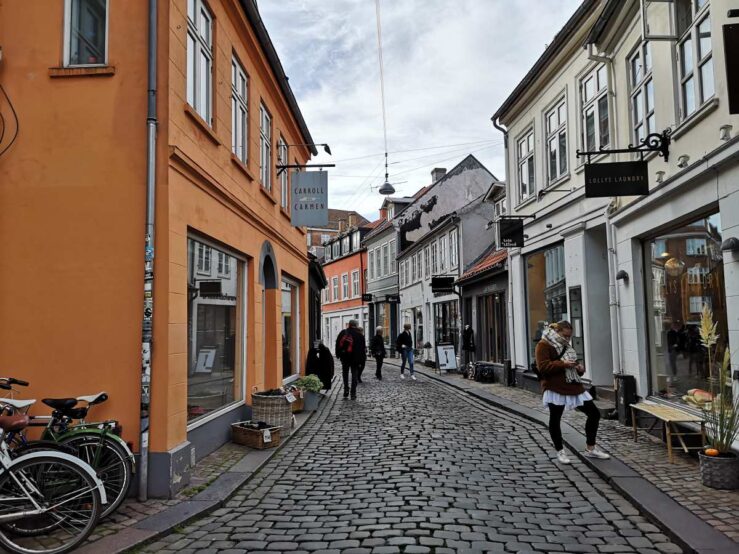
Latin Quarter | Photo: Travel In Culture
The cobblestone picture-postcard Latin Quarter is one of the oldest quarters in Aarhus. It arose in the 14th century as one of the first new parts of Aarhus after the Viking Age. Meandering around, you will notice the still-existing, old street names such as Klostergade, Guldsmedgade, Mejlgade and Graven.
Aarhus Latin Quarter features a pronounced cultural life with live music, studios and galleries for everyone to visit. Its name can be attributed to the comparable, although much more significant, neighbourhood in Paris, the Quartier Latin – the Paris Latin Quarter.
Nowhere else in Aarhus will you find such a cool roof terrace as the one on top of the Salling department store – featuring both lounge areas, a city park (the most recent extension) and a stage. Due to its location above the city roofs, it offers the rare opportunity to get a 360-degree panoramic experience over the city of Aarhus.
At the same time, it is a popular open-air bar and café, particularly on sunny days, where you can enjoy a meal, a drink or a cup of coffee. You may listen to the DJ’s music if you are here on the right day or evening.
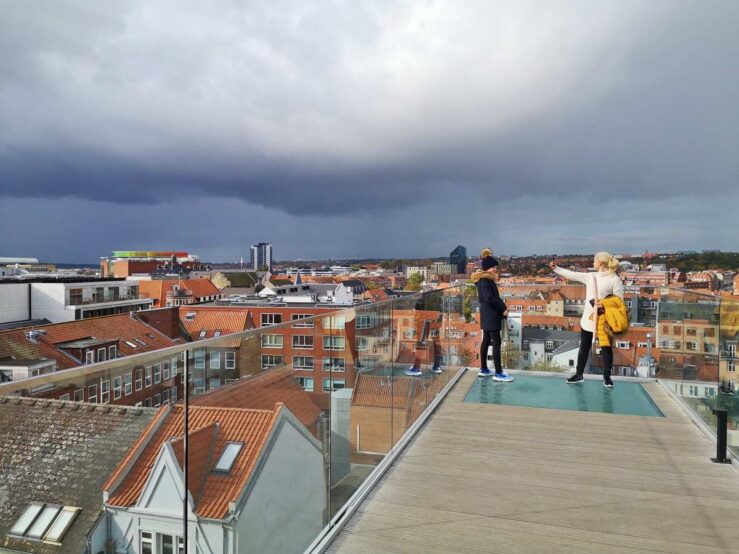
Salling ROOFTOP | Photo: Travel In Culture
Step out from the building on a glass platform and enjoy the views of the pedestrian street from above. That may well be a transboundary experience!
Godsbanen (meaning ‘goods station’) is one of the newer projects and creative spaces in Aarhus. It is a centre for cultural productions and artistic disciplines such as theatre, dance, and photography.
The site is the old goods station in Aarhus from 1923, which for many years handled all the freight trains transporting goods to and from other places in Denmark along the rail lines. It was built on the swamp-like grounds outside the city after filling the area up with appropriate material. Hack Kampmann was one of the influential people behind the project.
After the close-down, the buildings were transformed into the current cultural production centre, and it is today a popular site for creative purposes – one of the really hip projects in a new Aarhus neighbourhood! At Godsbanen, you will find studios, project rooms, stages, dance halls, and auditoria beside an unpretentious café and restaurant.
9 Top sights in the heart of Jutland
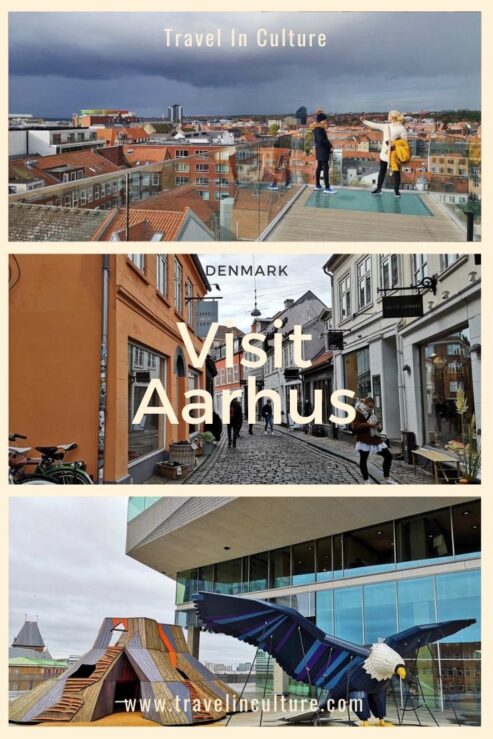
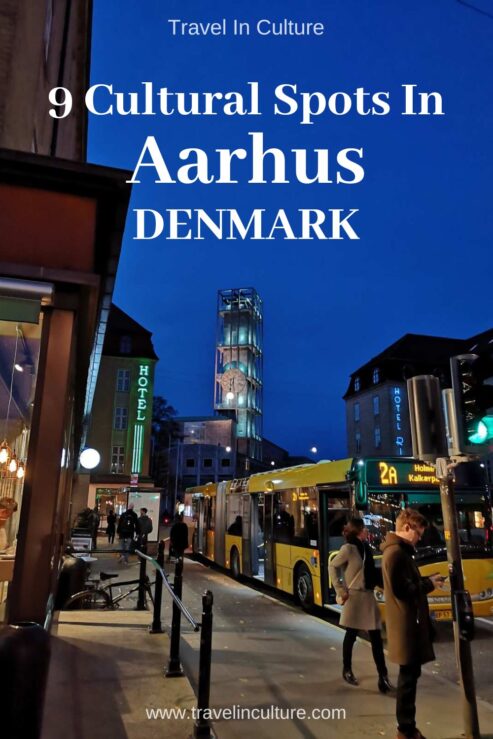
Aarhus Street Food opened in 2016 in an abandoned bus garage near the Central Station. In an authentic setting, a wide range of the world’s cuisines are sold here under the same roof. It is a blend of international, simple quality food served between the concrete walls in the spacious building.
Most often bustling with people, the food market is a vibrant place with all the soft smells mixing around the central tables. It is an affordable and fast experience to have a bite here, together with students, families, tourists and whoever finds their way to the new gastronomic market in Aarhus.
It ranks high and is an enticing food option to squeeze in between other activities in Aarhus.
Read more about interesting places to visit in Aarhus: 9 Cultural Spots in Aarhus
Read next: Visit Ribe in Denmark and Hike the Towpath Pramdragerstien in Jutland
See: How to Travel Light
Featured image of
9 Top Sights in the heart of Jutland:
Travel In Culture
Sights Jutland


